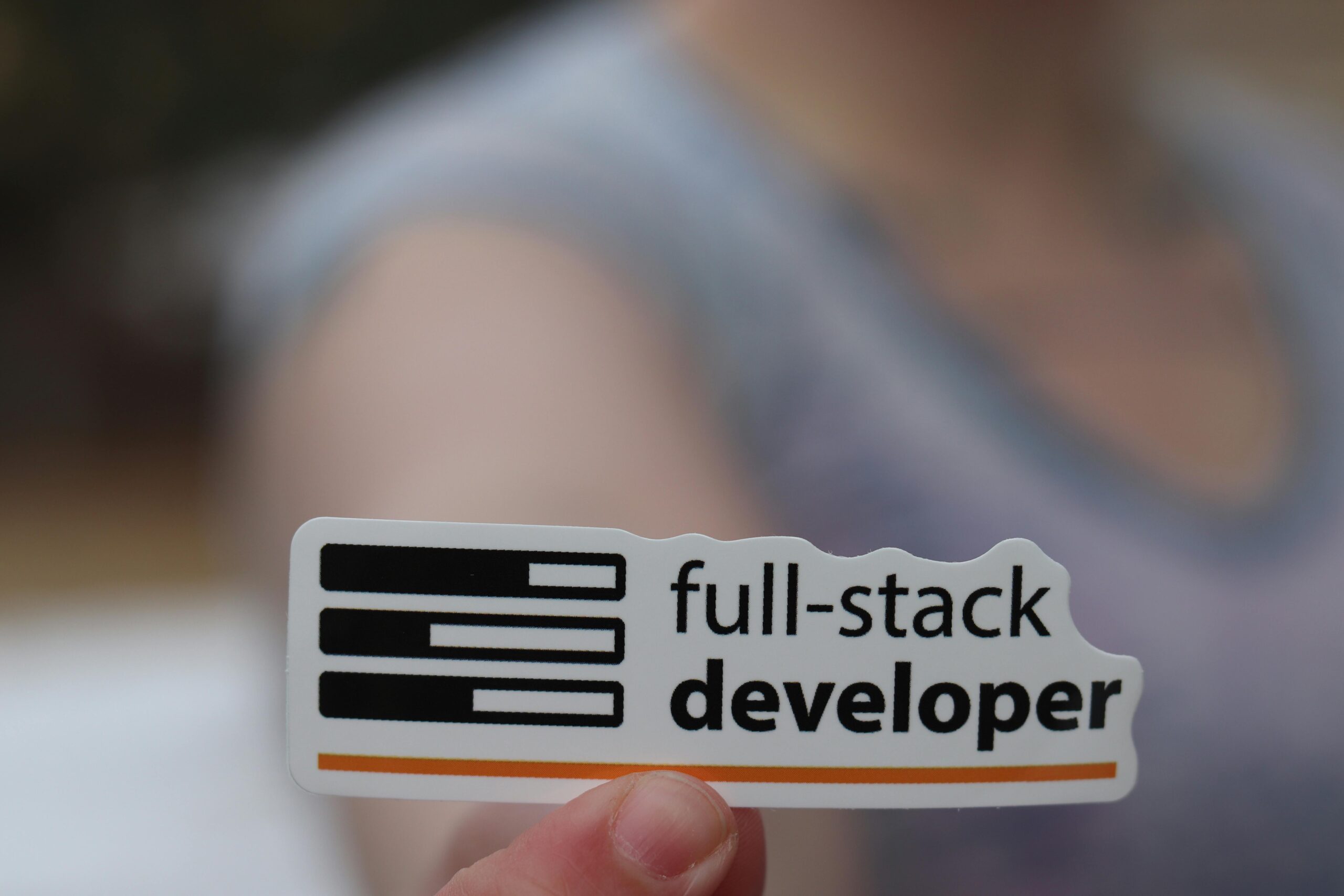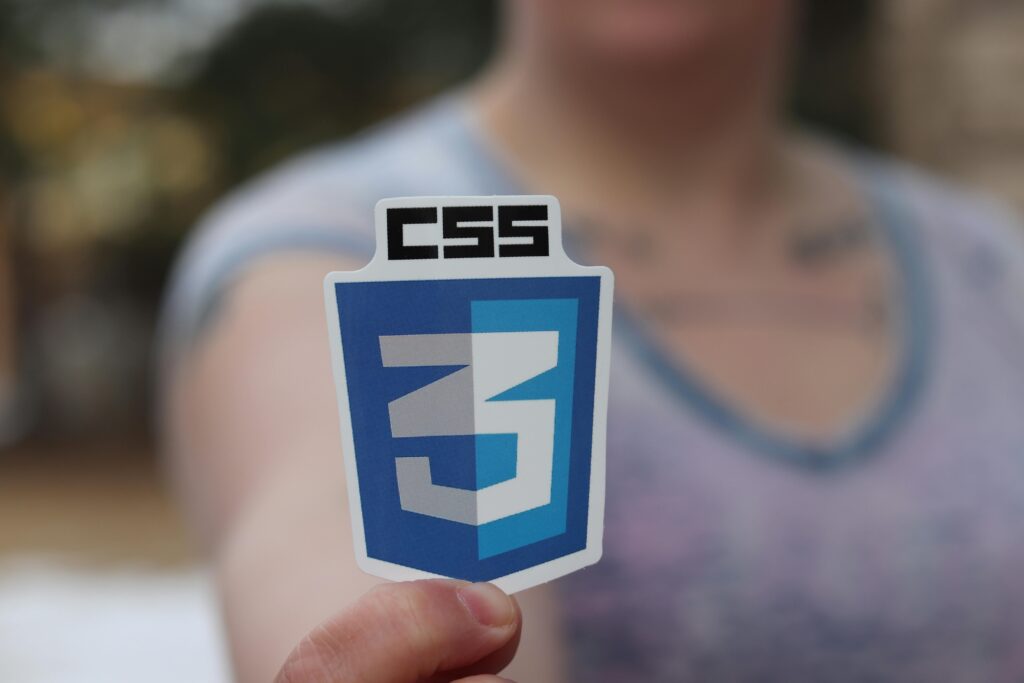In today’s time, the process of software creation is changing a lot and now every organization needs some software to manage all the things on time and for this, there are many tools available in the market like Artificial Intelligence (AI), open source platforms and paid cloud services and by using these tools we can easily create apps and websites and also a big change is Vibe Coding. And maybe it sounds great because coding based on your gut feeling, going with the flow and just making things work. It can be fun and also useful for quick projects, personal tasks, but not every organization relies only on it and when it comes to large company-level (enterprise) software, this method is not as good as expected. Why? Because big systems need more than just vibes. They need a clear plan, solid structure and proven methods. Without these, code can become messy, difficult to manage and full of bugs – which becomes a huge problem at scale.

In this blog, we will explore why large organizations cannot rely solely on vibe coding, and how they can keep creativity alive while still building robust, reliable software systems.
What is Vibe Coding?
It is a type of programming in which a software developer develops apps and vibe coding is not limited to just apps – it can apply to websites, mobile apps, software tools, scripts, or even small enterprise software development for their projects. And while working on it, they don’t need to make much of a plan or road map to perform and very less documentation is needed. Developers just start building based on what makes sense at the time. The idea is simple: if it works, it’s good enough. This approach can be exciting and even productive in some cases – such as small projects for small enterprises, quick prototypes or hackathons where speed matters more than long-term sustainability. It encourages creativity and experimentation, and sometimes even gets you quick results.
But the main problem begins when this same programming is used for enterprise-level projects of large-scale organizations. These large systems require structure, proper planning, high-level testing, and more documentation to ensure that everything runs smoothly and securely for a long time. If one avoids this basic and foundational step, it may disrupt the flow in the future and may lead to bugs, performance issues, and chaos in the long run — as a result it will become difficult for teams to properly manage or scale the products.

Why Enterprises Can’t Afford to Rely on Vibe Coding?
1. The Complexity of Enterprise Architecture
- Large teams of developers and architects
- Thousands of lines of code
- Multiple services interacting across platforms
- Critical user data and high-security expectations
To resolve this complexity, architects and developers need to think before doing work and without these structured planning it can become hard to mange all the things on priority basis. and we can take an example – Imagine a financial institution building a payment processing system using Vibe coding. One small mistake can lead to compliance violations, data leaks, or even financial fraud.

2. Security, Privacy, and Regulatory Compliance
- GDPR (General Data Protection Regulation)
- HIPAA (Health Insurance Portability and Accountability Act)
- ISO/IEC 27001 (Information Security Standards)
Vibe coding rarely considers secure coding practices. Without formal security reviews, audit logging, and proper testing, enterprises risk major breaches and lawsuits.
3. Scalability Requires Design Patterns and Architecture
Scalability isn’t just about hardware or cloud infrastructure. It starts with code scalability — how easily your codebase adapts to new requirements and user growth.
Design principles like MVC (Model-View-Controller), microservices, and domain-driven design helps to build systems that can scale over time. Vibe coding often ignores these practices and as a result,
Tight coupling between modules
Tight coupling means that two or more parts of a program (called modules) are too closely connected. They depend heavily on each other to work. So if you change one module, you often have to change the other too — which makes the system hard to manage, test, or scale.
Hard-to-maintain legacy code
Legacy code is like an old building with weak wiring and hidden pipes — it still works, but fixing or upgrading it is risky and frustrating.
Performance bottlenecks
A performance bottleneck is the one slow part in your app, site, or system that holds everything else back.
4. Collaboration and Team Productivity
In an enterprise there are many team members are available and enterprise software is built by teams and not by one person, so need to prepare all the things by ensuing proper Code readability, proper documentation, version control practices, and standardized processes like CI/CD are non-negotiable in such environments.
Vibe coding typically centers around individual productivity and preference. When multiple developers work without a standard process, it results in:
- Conflicts during code merge
- Inconsistent coding styles
- Delays in deployments
- Difficult onboarding for new developers
5. The Problem of Technical Debt
Technical debt is a concept in software development that means taking shortcuts in coding today to save time — but causing more problems in the future. In simple words – Technical debt means writing fast and messy code now, but paying the price later with extra work and problems.
Why It’s a Problem:
- Slows down future development
- Makes code hard to understand or change
- Increases risk of bugs or system failures
- Reduces team efficiency over time

Vibe Coding vs Structured Development: Key Differences
| Based On | Vibe Coding | Structured Development |
|---|---|---|
| Approach | Based on gut feeling, and creativity | Follows planning, design patterns, and development standards |
| Planning | Minimal or no planning before coding | Involves detailed planning, architecture, and requirement analysis |
| Documentation | Often skipped or very limited | Thorough documentation is maintained for clarity and collaboration |
| Team Collaboration | Focused on individual productivity | Designed for collaboration and teamwork |
| Code Quality | May work short-term but often lacks maintainability | Emphasizes clean, maintainable, and reusable code |
| Security & Compliance | Rarely considers security guidelines or standards | Adheres to secure coding practices and regulatory compliance (e.g., GDPR) |
| Testing | Testing is limited or done informally | Follows structured testing practices (unit, integration, automated testing) |
| Scalability | Not suitable for large or growing systems | Built for scale and long-term growth |
| Examples | Hackathons, personal projects, quick MVPs | Enterprise software, fintech platforms, healthcare systems |
| Risk Level | High – prone to bugs, bottlenecks, and tech debt | Low – stability and predictability improve system trust and performance |
| Code Ownership & Onboarding | Difficult for others to understand or continue | Easy onboarding due to consistent practices |
Conclusion
Vibe coding may feel exciting, spontaneous, and even productive — especially for small apps, quick demos, or personal projects. It gives developers the freedom to create without overthinking. But when it comes to building software for large companies, where security, performance, and long-term maintainability matter, relying only on “gut feeling” just doesn’t work.
Enterprise systems require proper planning, structured code, documentation, testing, and collaboration. Without these, teams risk bugs, delays, and security issues — all of which can harm the organization in the long run. That’s why structured development practices are essential. They bring clarity, stability, and the ability to scale over time.
The key isn’t to kill creativity — it’s to balance it with structure. When developers mix their thinking with disciplined practices, they build smarter, safer, and more sustainable software. So yes, vibes are great — but in the enterprise world, you need more than just vibes to succeed.
📌Frequently Asked Questions (FAQs)
1. What is vibe coding in software development?
Vibe coding is a casual and unstructured approach to coding where developers rely on instinct, creativity, and flow rather than planning, documentation, or best practices. It’s often used for quick projects, prototypes, or hackathons.
2. Is vibe coding suitable for enterprise-level software?
Not really. While it may work for small or personal projects, vibe coding lacks the structure, security, and scalability needed for enterprise applications. Large organizations require disciplined practices for long-term success.
4. Can vibe coding and structured development be used together?
Yes, they can. Developers can begin with a creative, vibe-based approach during early prototyping but should shift to structured development for full-scale implementation, especially when building enterprise software.
5. What are some structured development practices every team should follow?
Key practices include planning and documentation, using design patterns (like MVC), writing tests, applying version control (e.g., Git), using CI/CD pipelines, and following secure coding guidelines.
6. Why is documentation important in enterprise software development?
Documentation helps teams understand how the software works, reduces onboarding time for new developers, prevents mistakes, and supports better collaboration across departments and long-term maintenance.



🔗Source:
Why vibe coding needs more than vibes for enterprise-scale solutions – The Economic Times


